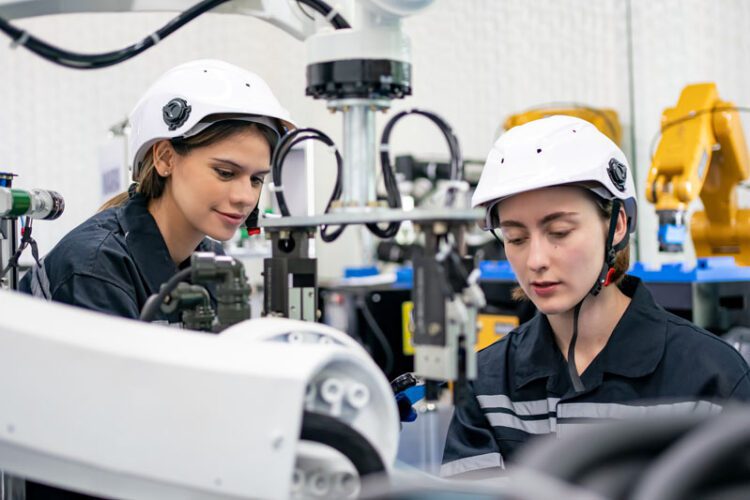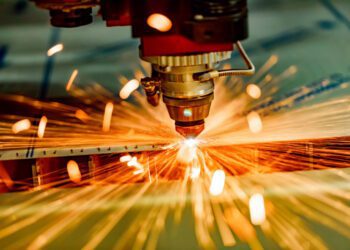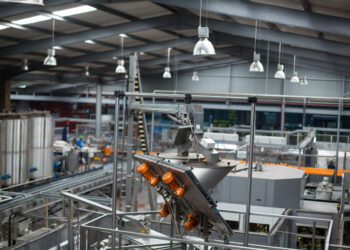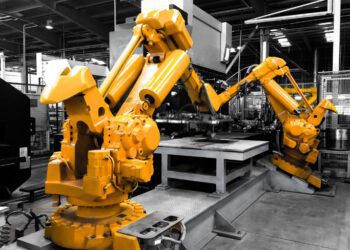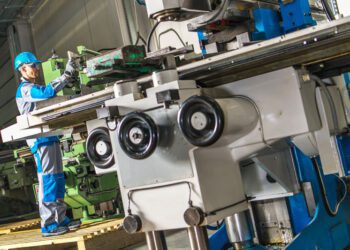From the iconic pyramids of ancient Egypt to the towering skyscrapers of today, the art and science of construction have evolved enormously. But, beneath these colossal structures and the vast infrastructural marvels lies the intricate world of heavy engineering. “Behind every great structure stands not just a great architect but a powerful machine.”
Primitive Beginnings
The earliest civilizations used basic tools, primarily manual labor, and simple mechanisms. Logs acted as rollers, while levers and pulleys helped lift weights.
Stone Age Tools: The earliest tools were made of stone, bone, and wood. These tools were employed for hunting, farming, and basic construction.
Ancient Civilizations: The Egyptians used sledges to transport massive stone blocks. The Greeks popularized the use of cranes and hoists in construction.
Industrial Revolution: The Game Changer
The 18th and 19th centuries witnessed a paradigm shift in heavy engineering techniques.
Steam Power: The invention of the steam engine revolutionized transportation and construction. Mobile cranes powered by steam emerged, making lifting easier and more efficient.
Iron and Steel: The shift from wood and stone to iron and later steel transformed construction. Bridges spanned longer distances, and buildings soared to new heights.
20th Century: Rise of Modern Machines
The 20th century saw rapid innovations with the onset of technological advancements.
Hydraulic Systems: Hydraulic excavators and cranes brought more power and precision to construction sites.
Earthmoving Machines: Bulldozers, backhoes, and loaders became common, speeding up construction and making it more efficient.
Automation and Robotics: With the advent of computer technology, machines became smarter. Automation reduced manual intervention, ensuring accuracy and efficiency.
21st Century and Beyond: Towards Sustainable Engineering
Today, heavy engineering techniques are not just about power and efficiency but also about sustainability.
Green Machines: Machines today are designed to be more fuel-efficient and emit fewer pollutants. Some even operate on alternative energy sources like electricity and hydrogen.
Digitalization: The use of AI, IoT, and Big Data in machines ensures predictive maintenance, real-time monitoring, and improved safety protocols.
3D Printing: Large 3D printers can now construct small buildings or components, changing the very way we perceive construction.
The journey of heavy engineering techniques is a testament to human ingenuity. From basic tools to sophisticated machines, the quest has always been about building bigger, better, and now, greener.
